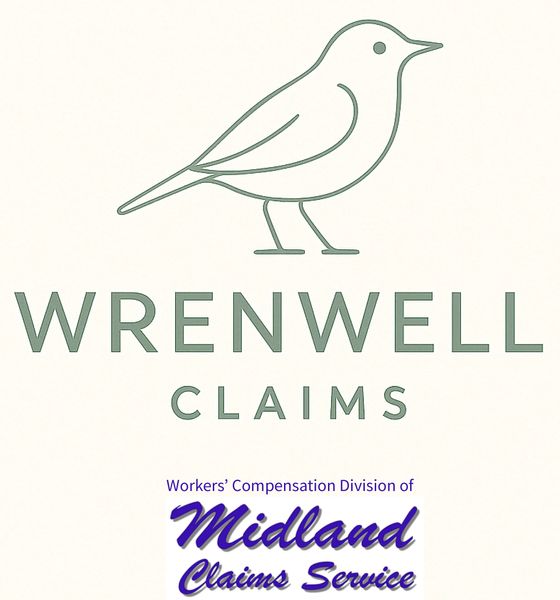WC Legislation in Montana - 2021
June 14, 2021
Montana had a change at a variety of levels following the November 2020 election. Of note, Montana changed the party occupying the Governor's Mansion for the first time in nearly 2 decades with the election of Republican Greg Gianforte. Consistent with many other states, the down ticket elections followed a more right leaning result from the State Auditor/Insurance Commissioner and Secretary of State down to county and local elected positions.
The elections had a direct impact upon the workers' compensation system in the state. One of the impacts that directly impacted the system was the appointment of a nearly full set of new Directors at Montana State Fund. The Fund writes approximately 66% of all insured workers' compensation in Montana. Their impact upon the state is huge. The state uses NCCI loss costs for the basis for rate setting. When 66% of all claims costs come from one organization, the NCCI loss costs will be pulled in which ever direction MSF goes. Governor Gianforte appointed me to the MSF Board of Directors, and following the Senate confirmation I because an active board member 4/1/2021.
Other issues identified by our office directly and through my participation on the Governor's Labor Management Advisory Council were changed from 'maybe some day' items to legislation passed and signed into law. As I have said and written many times, the Montana system is not broker. But a few rough edges can always be smoothed out. 2021 was a year of smoothing some rough issues. The bills from 2021 that we were involved in are summarized below:
HR 198 - This bill increased the maximum recoverable funeral/burial benefit from $4,000 to $10,000. For many years, the wc statute, not indexed to cost of living or any regularly scheduled reevaluation, fell further behind the actual cost of burial services. The bill was signed into law 4/1/21 and becomes effective 10/1/21.
HB199 - Several years ago, legislation changed the rules for ongoing medical for workers' compensation claims. Previously, it was a 'rolling' statute, where medical benefits terminated only in the event that the recovering/recovered worker did not obtain any medical care for a period of 60 months, or 5 years. In many instances, workers would go to the physician for a 'check up' in month 59, which reset the statute for another 5 years. The legislature was moved to change the statute to make all workers' compensation medical close at 60 months (5 years) from the date of injury. With input from a claims industry, a group which I was a member of, the new 5 year 'soft closure' rule was implemented with a process to allow for workers to apply to the Department of Labor / Medical Director to 'reopen' medical benefits. The system has worked wonderfully for 7 years, with the exception of the paperwork required for a class of reopening referred to as Joint Petitions. Joint Petitions are those which both the worker and the insurer agree that ongoing medical care is necessary and claim-related. For Joint Petitions, this was unnecessary because the statutes did not allow for a DOL&I rejection, there was a presumption of approval of all Joint Petitions. It was also a tremendous waste of resources. The process of gathering 5 years of medical records and bills and submitting them to the online vendor hired by the state was time consuming, time better spent assisting in the facilitation of benefits and medical treatment for recovering workers. We proposed that Joint Petitions not be saddled with the requirement to submit all medicals from the date of loss to the date of reopening application. This portion of the bill passed essentially unopposed. The second issue in the bill that we were directly involved with was the Kids' Chance information component. I am a founding board member of Kids' Chance of Montana. Kids' Chance is an organization that provides post K-12 scholarships to children of workers severely or fatally injured in the workplace. Modeled after a Nevada law, we proposed through the Governor's Labor Management Advisory Council ("LMAC") to add information about the existence of Kids' Chance to the information brochure that is provided to all newly injured workers. This will allow the children of severely injured or deceased workers to know of KCofMT and apply for benefits. The bill was passed and signed into law March 25, 2021.
HB446 - During the regular LMAC meetings in Helena, we learned of a rule that was proposed by the DOL&I's Medical Director essentially changing the definition of prosthetics. In essence, there was an attempt to revise prosthetics to include external assistance devices such as hearing aids. Despite personal meetings with the Medical Director and others in the DOL&I, both I and others in the industry were unsuccessful in stopping the unauthorized change in statute by using the rule process. A letter written by our office caused the Economic Affairs Interim Committee to issue a letter to the DOL&I to cease the rule process. The interactions then led to introduction of a bill in the 2021 session to 'firm up' the definition of prosthetics to be consistent with case law such as "an artificial substitute for a missing body part". The bill passed and was signed into law on April 1, 2021.
It's a blessing to be involved in the workers' compensation system, helping move legitimately injured workers through a complex, difficult to understand system and helping them return to their lives. It is also a blessing to be so involved in shaping the system that impacts so many thousands of people's lives.
If you are a self-insured or high deductible employer or an insurance organization with no Montana resident (as required by statute) adjusters, call us at (406) 656-9960. No organization is more involved in the Montana workers' compensation system than we are.
Claims is our process. Restored Humans is our product.
